WAYS TO PROTECT YOURSELF ON PUBLIC WIFI
Added on: 24th Nov 2016
HTTPS WEBSITES ARE MORE SECURE
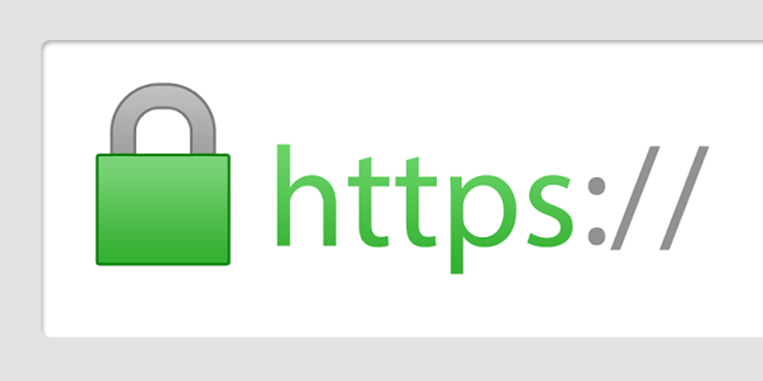
Short for “Hyper Text Transfer Protocol Secure”, HTTPS
(the little lock next to a website’s URL in the address bar)
means the owners have added an extra layer of protection.
Most major websites will include this feature which lowers
the danger of accessing it on public WiFi but does not
eliminate it. Try using only HTTPS websites when not
on a secure network.
TWO-FACTOR AUTHENTICATION MAKES YOU SAFER
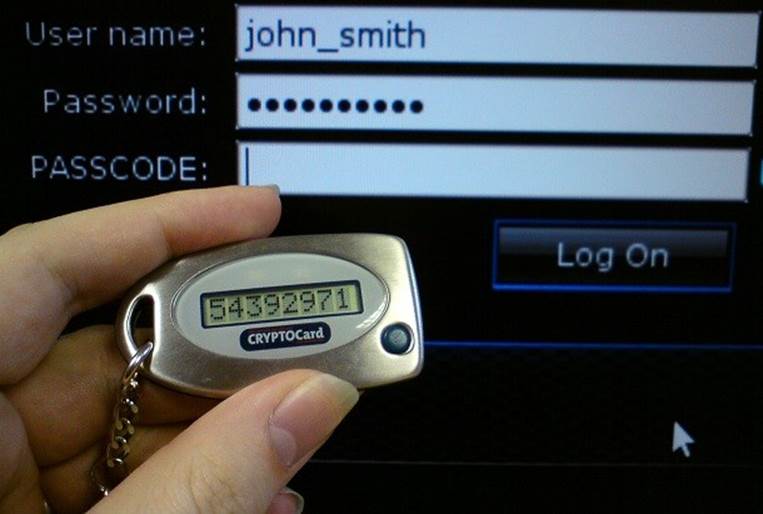
You’ve probably been asked by Gmail, Twitter, or another
account if you would like to turn on two factor (or two-step)
authentication. It’s a wise move. If a hacker gets your
password when you’re on public WiFi, using two step
authentication gives you an extra layer of protection
from their access to your accounts.
NEVER CONNECT AS A HOME NETWORK

After connecting to a WiFi network, your computer will often
ask if you want to be able to share files with other users,
effectively making it a home or business network. While this
is useful for those networks, it’s like leaving your front
door open; in Manhattan; with a sign advertising free stuff;
where the free stuff is all your possessions.
TERMS & CONDITIONS DON'T MAKE YOU SAFER

Just because a page asks you to accept Terms & Conditions
before connecting doesn’t mean it’s any safer than one
that doesn’t. The page is likely there to protect the WiFi
owner legally rather than to protect you.
FORCE YOUR BROWSER TO ENCRYPT
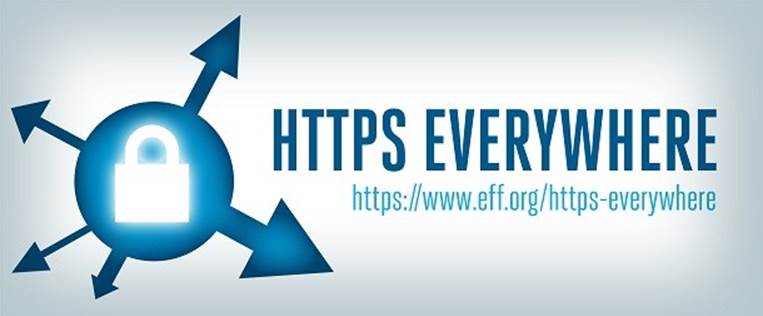
Browser add-ons such as Force-TLS and HTTPS-Everywhere
are free and can help protect you on public WiFi. These
add-ons force your browser to encrypt popular websites
which may not otherwise be encrypted. It won’t work on
every site – look for HTTPS in the address bar to be sure.
USE A FIREWALL
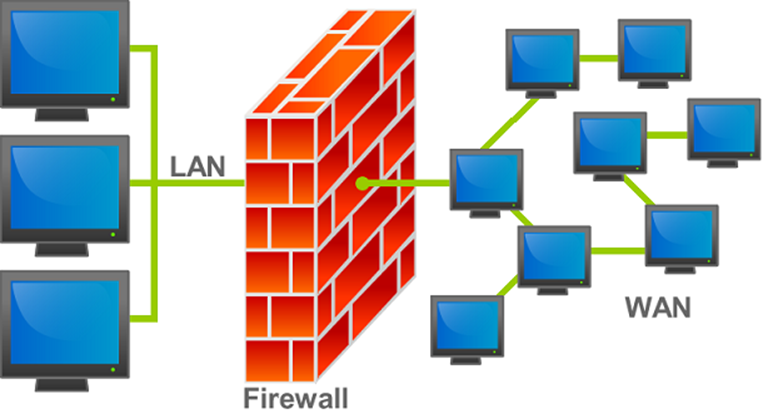
Most laptop operating systems come with a firewall installed.
A barrier to foreign intrusion, a firewall adds an extra layer
of security to your device which keeps you safe while
connected. Make sure to keep it turned on and updated!
FAKE HTTPS CONNECTIONS

Even though HTTPS is presumably secure, hackers
have found ways around it. The attack sslstrip can take over
your HTTPS connection and convert the link to a
similar-looking HTTP page, giving the hacker access
to data you thought was secure.
HAVE ANTIVIRUS SOFTWARE INSTALLED
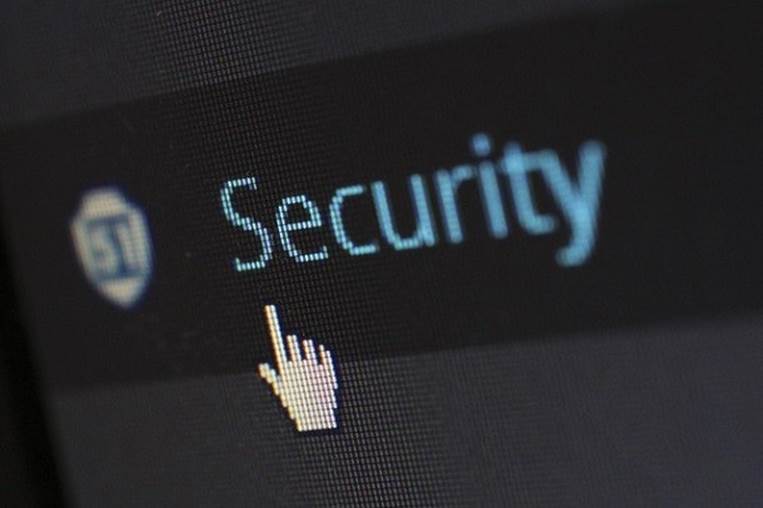
This should go without saying, but in today’s age, it’s
critically important to have a strong antivirus software or
security program. Trojans and viruses were famous in the
early days of the internet and haven’t gone away.
Use an antivirus to beef up your computer’s security.
(In case something does happen, regularly back up your
computer to the cloud or an external hard drive, this will
allow you to restore your computer to the way it was if
you do get infected.)

Comment on this